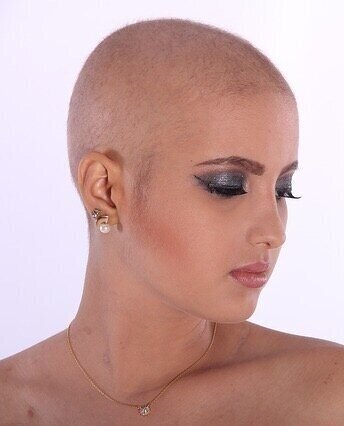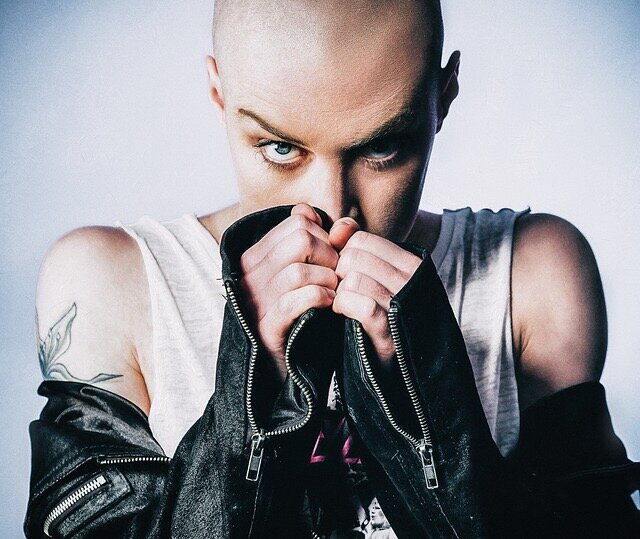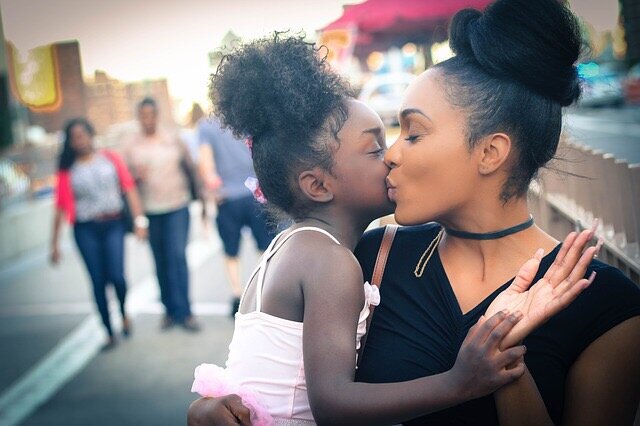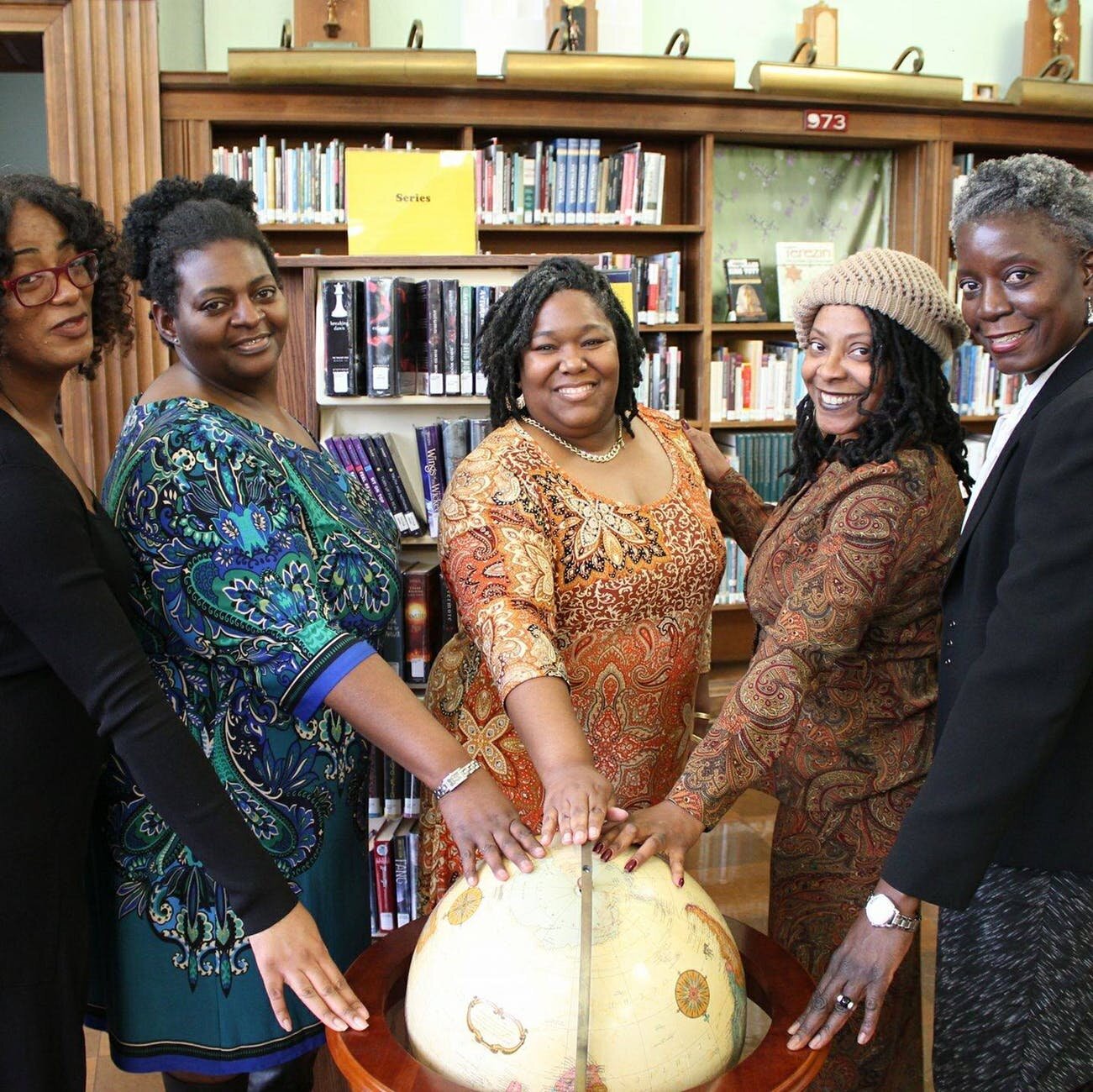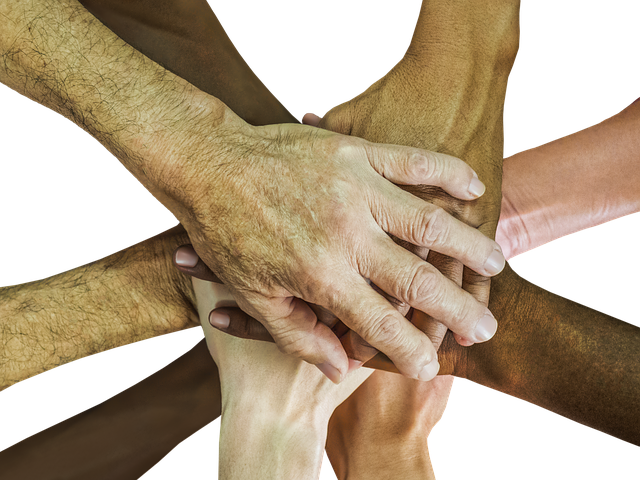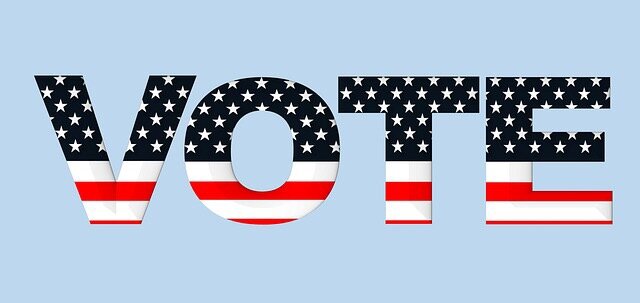I’ve been writing about breast cancer since 2008 when I was diagnosed with HER2+ Invasive Ductal Carcinoma. It was the first time I wrote that one in eight women will be diagnosed with breast cancer in their lifetime. Now, in 2020, I’m still writing that one in eight women will be diagnosed with breast cancer in their lifetime. One in thirty-nine women die from breast cancer. Breast cancer in men is rare, 1 -1.2 in 100,000, but men are more likely than women (51% versus 36%) to be diagnosed with advanced (regional- or distant-stage) breast cancer. Men are not routinely screened for breast cancer and most men have not been taught to recognize the symptoms of breast cancer. In 2019, approximately 268,600 new cases of invasive breast cancer were diagnosed among women and approximately 2,670 cases were diagnosed in men. An estimated 48,100 cases of DCIS were diagnosed among women. Approximately 41,760 women and 500 men died from breast cancer in 2019.
There are myriad ways to categorize incidences, risks, and mortality rates for breast cancer. The greatest risk factor for getting breast cancer is having breasts. I don’t say this to create panic – I mean this as a wake-up call. I had no family history of breast cancer. Most women who are diagnosed with breast cancer have no family history of breast cancer. However, having a first-degree relative (parent, child, or sibling) with breast cancer (especially if that relative is male) does increase your breast cancer risk.
Aging increases your cancer risk. It increases your risk of developing almost any health issue, so what do you do? Concentrate on managing your preventable risk factors and being aware of unpreventable risks.
Regular exercise and maintaining a healthy body weight without major weight fluctuations are two good ways to protect your health. I know the BMI measurement is annoying and can be inaccurate because it does not allow for the difference between weight from muscle and weight from fat, but it allows for a general weight range vs. height that is accurate for most people. Try to stay within that range without yoyoing.
Eating a healthy balanced diet high in fiber and lower in fat is also an excellent option. I have embraced a more plant-based diet. It’s easier than you think to cut back on meats, dairy and processed foods. I’m not saying you must become a Vegetarian or adopt a Vegan diet, but less is better when it comes to fats and preservatives.
Don’t smoke, chew tobacco, or Vape. Consume alcohol in moderation or not at all. Don’t take illegal drugs or abuse prescription or over the counter medications.
Doing monthly breast cancer self-exams at home and getting breast cancer screenings such as a yearly breast exam during your yearly physical and getting yearly mammograms are things you can do to help with early detection. They also offer peace of mind.
Back to unpreventable risk factors – race and ethnicity are linked to incidence and risk of developing and surviving breast cancer. Non-Hispanic White women have the highest incidence of breast cancer in the United States followed closely by Non-Hispanic Black women. However, the mortality rate for breast cancer is higher among Black women particularly if they are diagnosed with breast cancer before the age of 40. Incidences of diagnosis before age 40 are the highest in Black women. Incidence rates for Native American and Alaska Native women are lower, but they have a slightly higher rate of incidence than Hispanic/Latina women. Breast cancer incidence is lowest in Asian/Pacific Islander Women.
Breast density is a risk factor that has often been discounted. Denser breast tissue makes it harder to get an accurate image of breast tissue and any calcifications in the breast tissue. After my first mammogram, I was called back for a follow-up mammogram because of suspicious areas in both breasts. This follow-up consisted of taking multiple tiny areas of both breasts and compressing them to get a better image. I left the hospital with black and blue breasts and a quote from the technician, “It’s your lucky day, the radiologist says those are normal calcifications and you just have very dense breasts.” The nurse from my PCP’s office who later relayed the news dismissed my concerns about what this meant and hastily hung up. I should have followed up with my PCP and created a game plan. My first mammogram was such a horrible experience I put off getting my next one. The site of my tumor exactly matched the site of the calcifications in my right breast.
Digital mammograms are far superior in imaging and less physically uncomfortable than the machines used for my first mammogram. Don’t let fear or a previous bad experience stop you from taking charge of your care.
Inherited pathogenic (disease-causing) genetic variations in BRCA1 and BRCA2 account for 5%-10% of all female breast cancers and 15%-20% of all familial breast cancer These variations occur in about 1 in 400 in the general population but have a slightly higher occurrence in certain ethnic or geographically isolated groups. People of Ashkenazi (Eastern European) Jewish descent have a risk of about 1 in 40. Recent research also suggests BRCA mutations among black and Hispanic breast cancer patients are also slightly higher. Mutations in other genes are also associated with increased breast cancer risk, including TP53 (associated with Li-Fraumeni syndrome), PTEN (Cowden syndrome), STK11 (Peutz-Jeghers syndrome), and CDH1 (associated with diffuse gastric and lobular breast cancer syndrome). If breast cancer and any of these conditions are present in your family medical history, it might be wise to discuss genetic testing/counseling with your doctor.
Other risk factors include exposure to radiation, environmental factors such as Radon exposure and pollution, exposure to toxic chemicals, or mold. Some evidence suggests that earlier onset of menstruation (11 or younger) may increase breast cancer risk. Women who are younger when they have their first child (under age 30) and women who breastfeed are believed to have a lower risk of breast cancer incidence. I had my first period the month I turned 11; I was 26 when my first child was born, and I breastfed all three of my children.
As you can see, not every risk factor was significant for me, but sometimes it only takes one. There are women with multiple risk factors who will never get breast cancer. Sometimes you can do everything right and still get sick. Knowledge is power. Use it.
The good news is more women are surviving because of early diagnosis and treatment. It’s also good news when more women are getting screened and the numbers remain 1 in 8. So, keep getting those mammograms.
Now for some bad news. The COVID-19 pandemic has caused many women to postpone or cancel their annual mammograms. In many states, medical facilities have had to reduce their hours of operation and prioritize patient appointments to accommodate those most in need of medical testing services.
Women (or their spouses) who lost their jobs in the pandemic may have also lost their insurance coverage and coverage for family members. They may not be able to afford their mammograms this year. Recent attacks on funding for Planned Parenthood threaten to put mammograms out of reach for these women and women from lower-income or rural areas. The future of healthcare in the United States is in jeopardy and many women may lose access to affordable cancer screenings such as mammograms.
There are now more than 3.8 million US women with a history of breast cancer as of January 1, 2019. Some of these women were cancer-free, while others still had evidence of cancer and may have been undergoing treatment. More than 150,000 breast cancer survivors are living with metastatic disease. This year your vote in the 2020 presidential election can help determine which way the numbers for breast cancer go in the future. Vote for affordable healthcare for everyone. Vote for a cleaner environment. Vote to protect people with pre-existing conditions. Use your vote to stand up for science, so we can keep saving lives and working for a cure.
Information and statistics sources:







